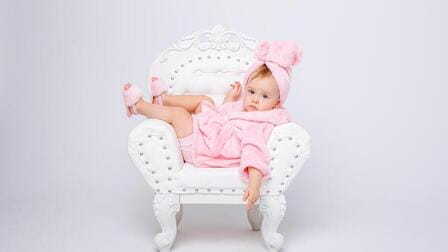For generations, mainland Americans have turned to Hawaii as a source of solace. Amidst the peak of World War I, just before the United States joined the fray, Hawaiian music became a sensation. In 1916, Hawaiian music albums surpassed all other genres in sales, while ukuleles were a common sight in university dormitories and high-end clubs, prompting the New York Tribune to feature a full-page illustration depicting a fictional "Ukulele Square, the Hawaiian District of New York." As the Great Depression hit, Americans once more sought comfort in Hawaiian culture, this time embracing the iconic aloha shirt.
Although the exact origin remains uncertain, the aloha shirt is believed to have emerged in Hawaii during the 1920s or '30s. It likely came to be when local Japanese women repurposed kimono fabric to create men's shirts. These vibrant shirts gained popularity among tourists visiting Hawaii and saw even greater commercial success when they reached the mainland in the mid-1930s. America was grappling with economic hardships and rising anxieties, as numerous men found themselves unemployed or struggling to retain their roles as breadwinners. This period saw the rise of hyper-masculinity, as bodybuilding gained traction and Superman made his debut. It may seem contradictory for men to adopt a clothing item with such a feminine allure. The Los Angeles Times playfully warned in 1936, "You'd better get two or three because it's a guarantee your daughter, sister, wife, or even mother will want this vibrant-colored shirt as soon as she sees it." Despite the prediction, men continued purchasing the shirts. By 1940, aloha shirts generated over $11 million in annual revenue (adjusted for today's currency).
A key factor in men embracing a garment typically found in women's wardrobes was the popularity of the attire among rich and famous individuals. Wealthy visitors to Hawaii during the 1930s soon adopted the style, and the aloha shirt gained fame as it was endorsed by celebrities whom many Americans admired. American icons from Olympic swimmer and surfing pioneer Duke Kahanamoku to singer Bing Crosby were affiliating with specific brands. According to Dale Hope, a historian and author of The Aloha Shirt: Spirit of the Islands, these endorsements had "a considerable influence on people purchasing those shirts." Wearing the same style as someone not affected by the Depression meant that one's masculinity was not in question: you appeared as someone who didn't need to worry about proving their manliness.
As the shirt became available in stores across the continental US, any day laborer could own the once-exclusive garment for just a dollar, without requiring a costly trip. A man wearing an aloha shirt, adorned with images of hula dancers and luaus—symbols of "the comfortable, gay, and picturesque," as described by a journalist in 1939—could portray the image of a carefree gentleman.
The idyllic image of Hawaii was abruptly shattered in 1941 with the Japanese attack on Pearl Harbor. As a result, aloha shirt manufacturers, like others in the garment industry, shifted their focus towards supporting the war effort. Once production resumed, Japanese-inspired designs that had been popular—such as cherry blossoms and shrines—temporarily lost favor, replaced by designs emphasizing Hawaii's local culture. Service members returning to the mainland from the Pacific further increased the popularity of the signature apparel.

However, in the past five years, fashion magazines have hailed a resurgence, with high-end brands like Gucci elevating the aloha shirt to new levels by incorporating Japanese designs reminiscent of the garment's early days. Meanwhile, some established Hawaiian shirtmakers continue to thrive. Kahala, established in 1936 as one of the first brands to produce aloha shirts, has delved into its archives to recreate designs from the 1930s—including some popularized by Duke Kahanamoku. Jason Morgan, Kahala's general manager, explains that "people are looking to bring some light, some color, some vibrancy into their lives," adding that "I think that's needed now more than ever. If an aloha shirt can help improve somebody's day, I think that's quite powerful."












